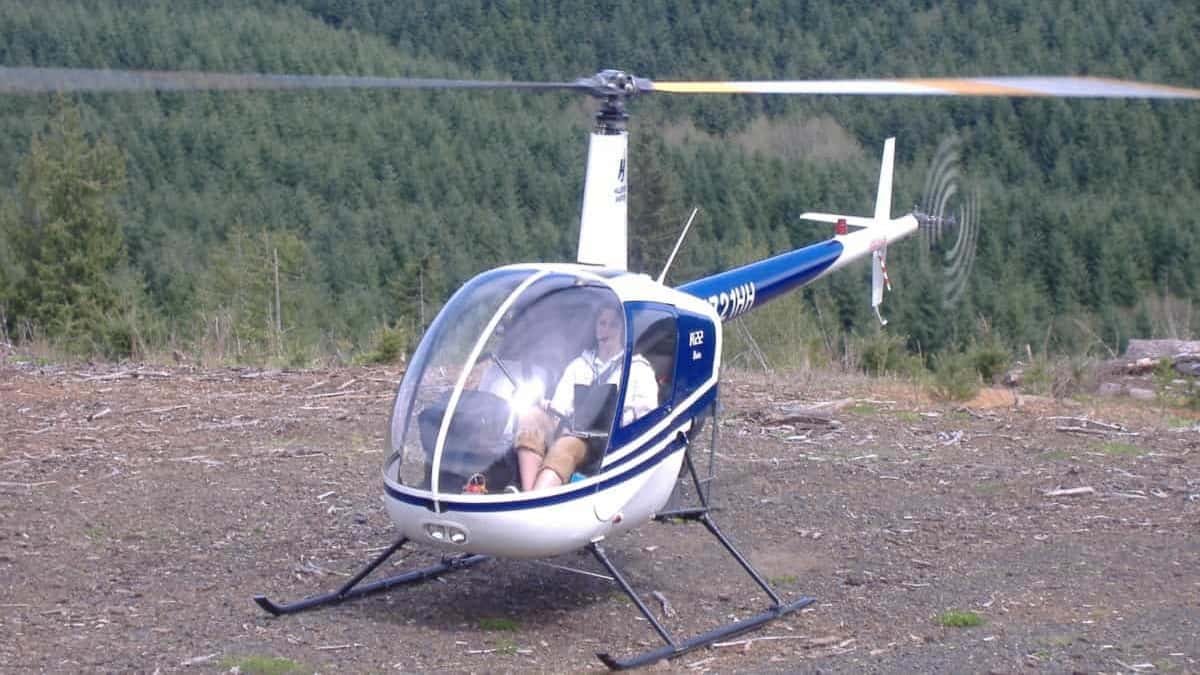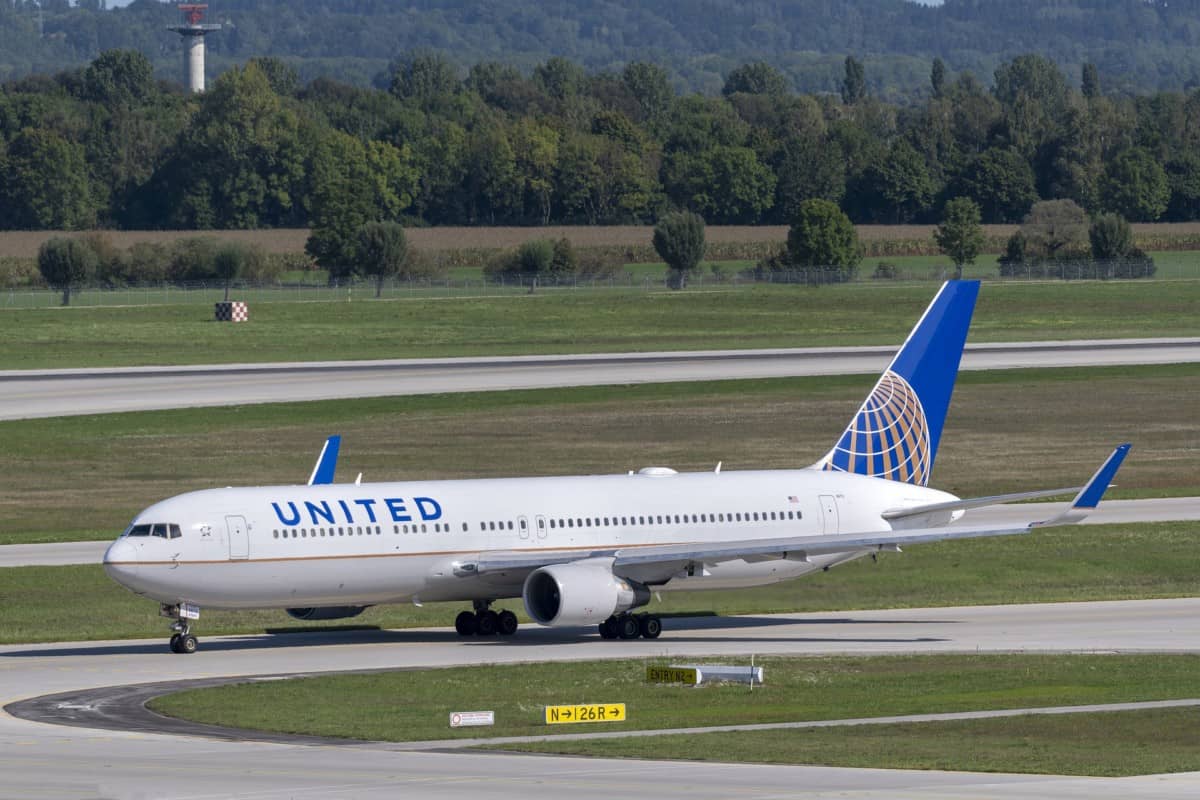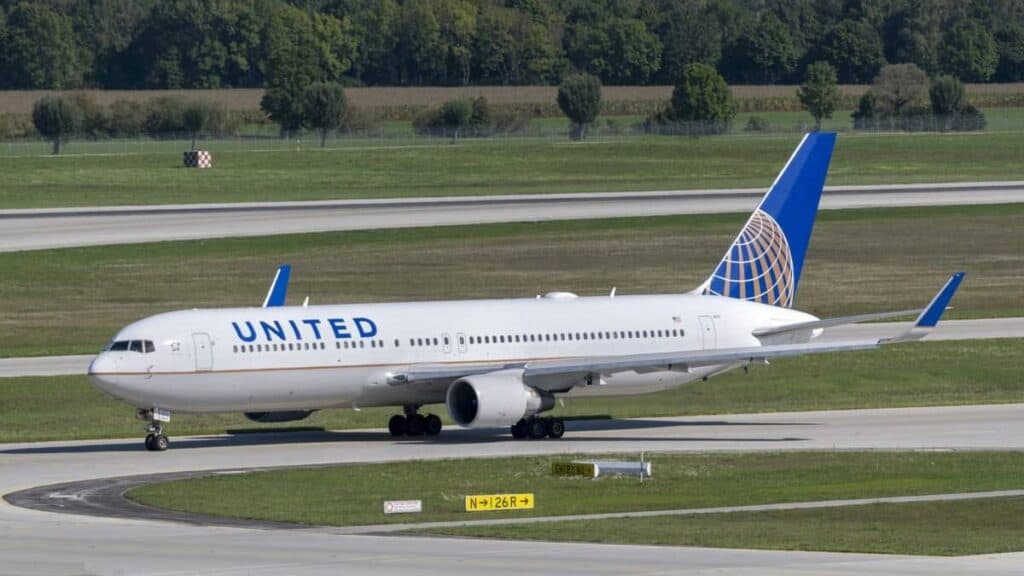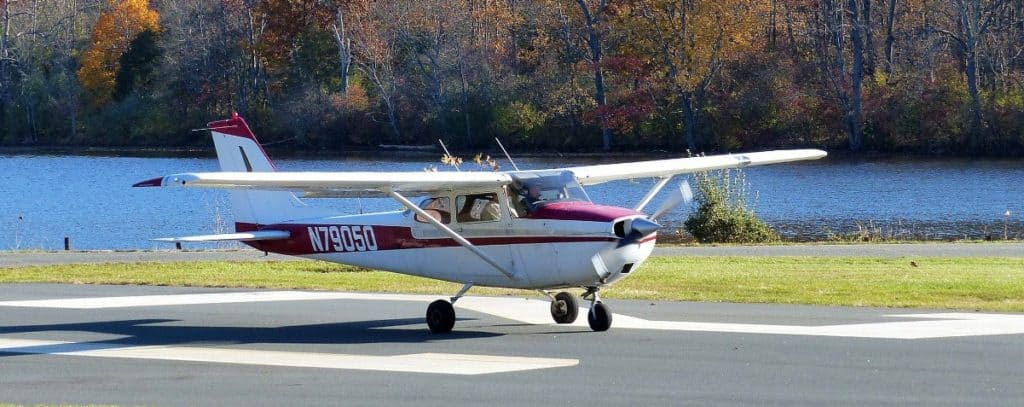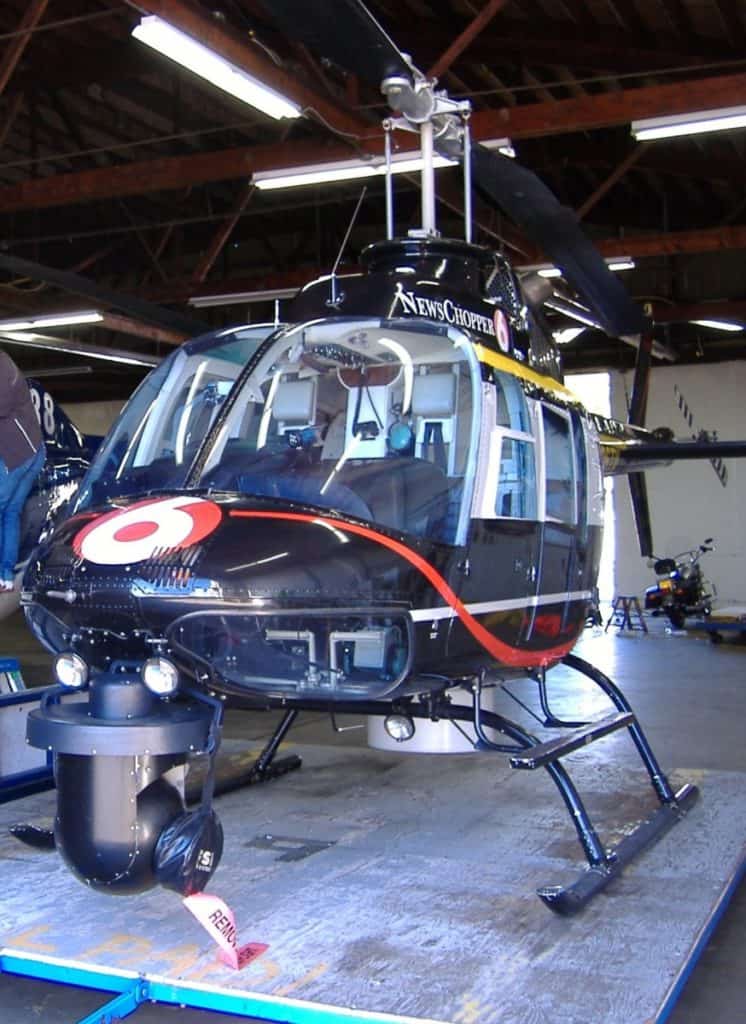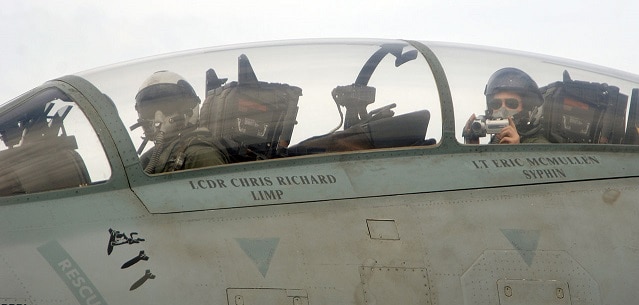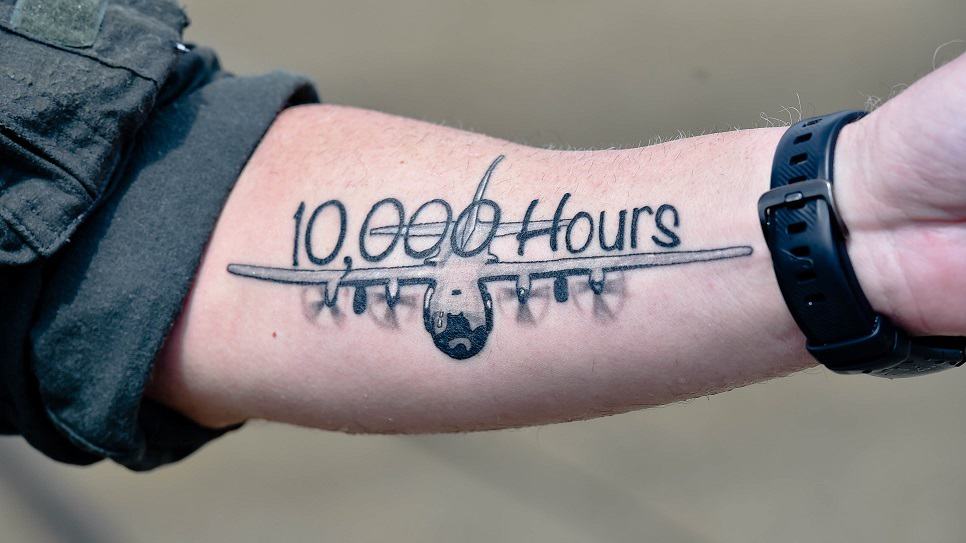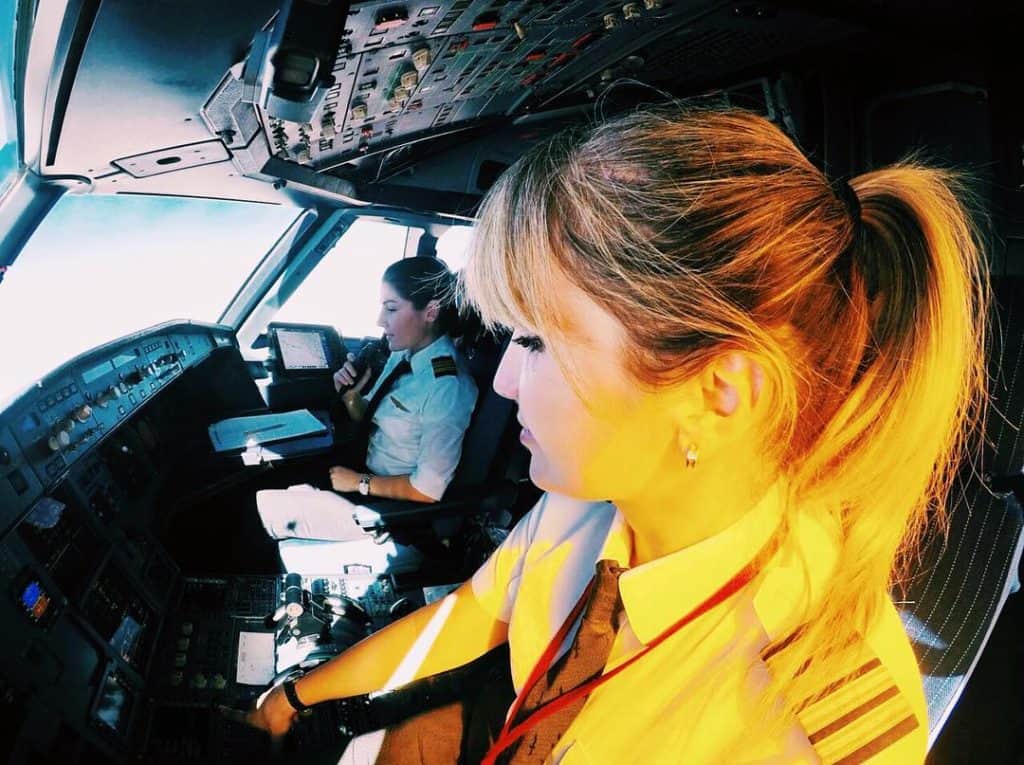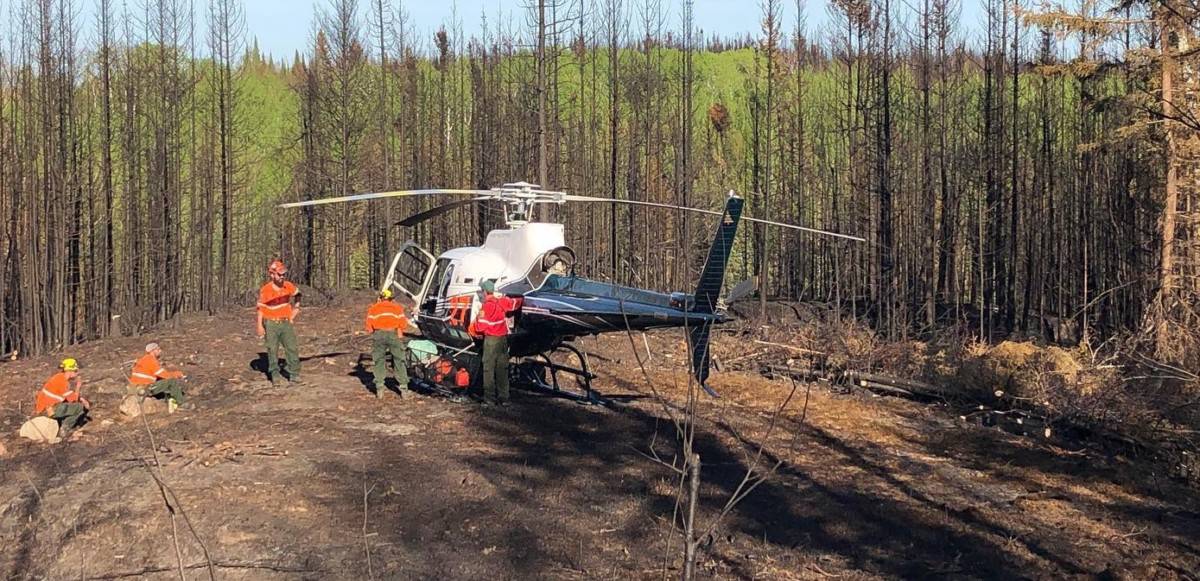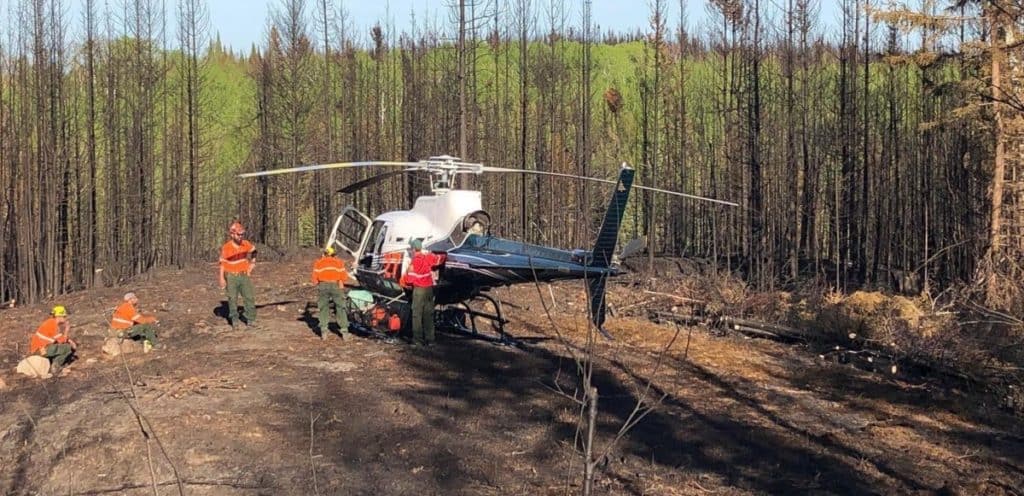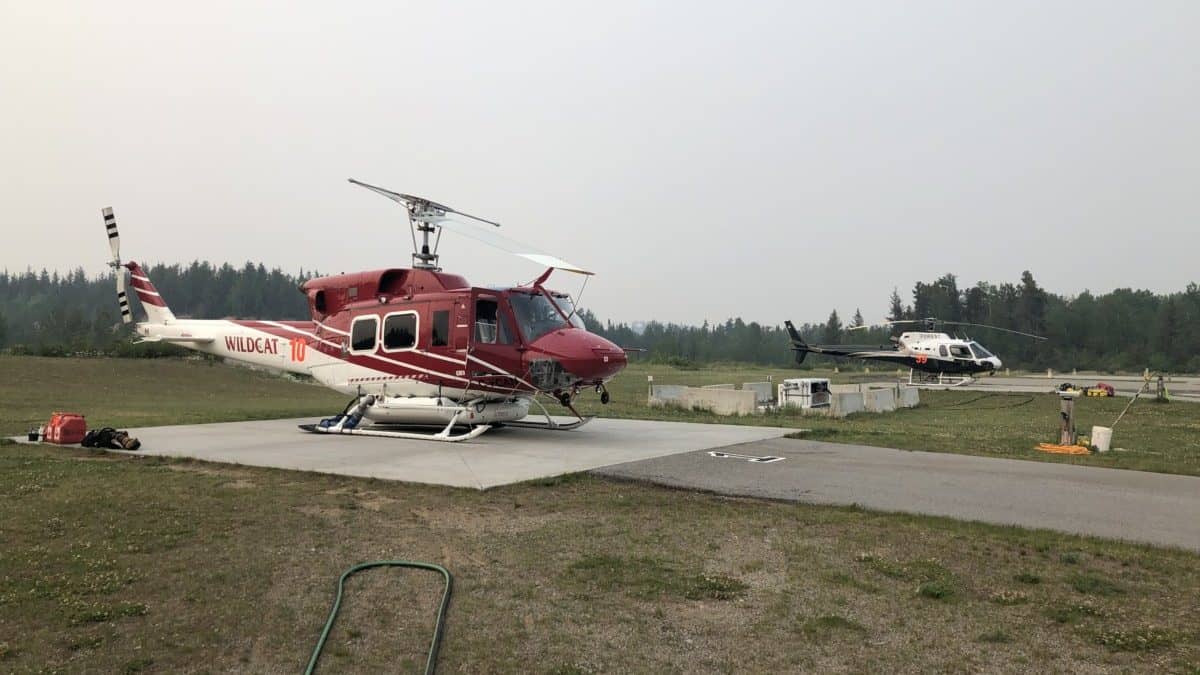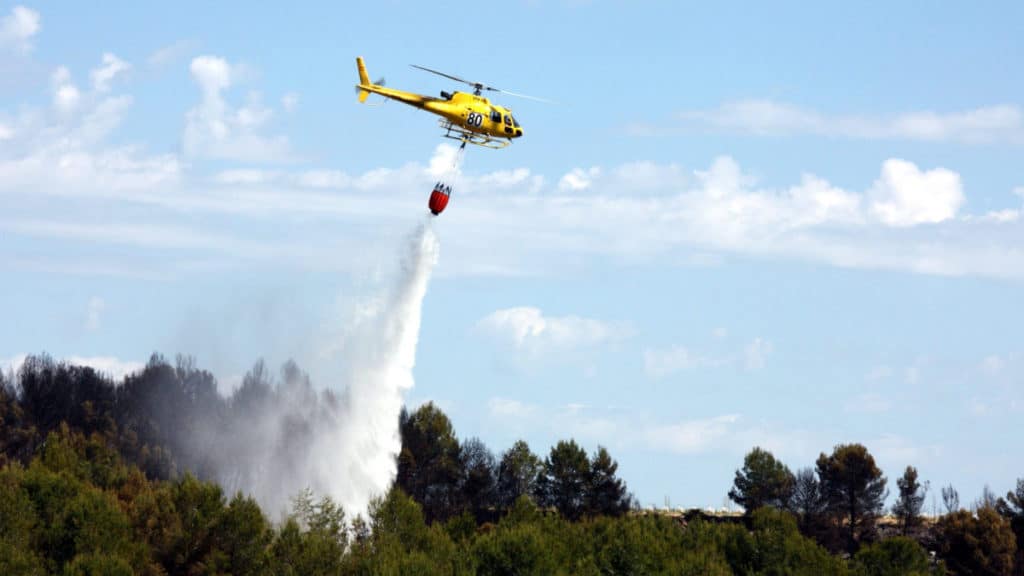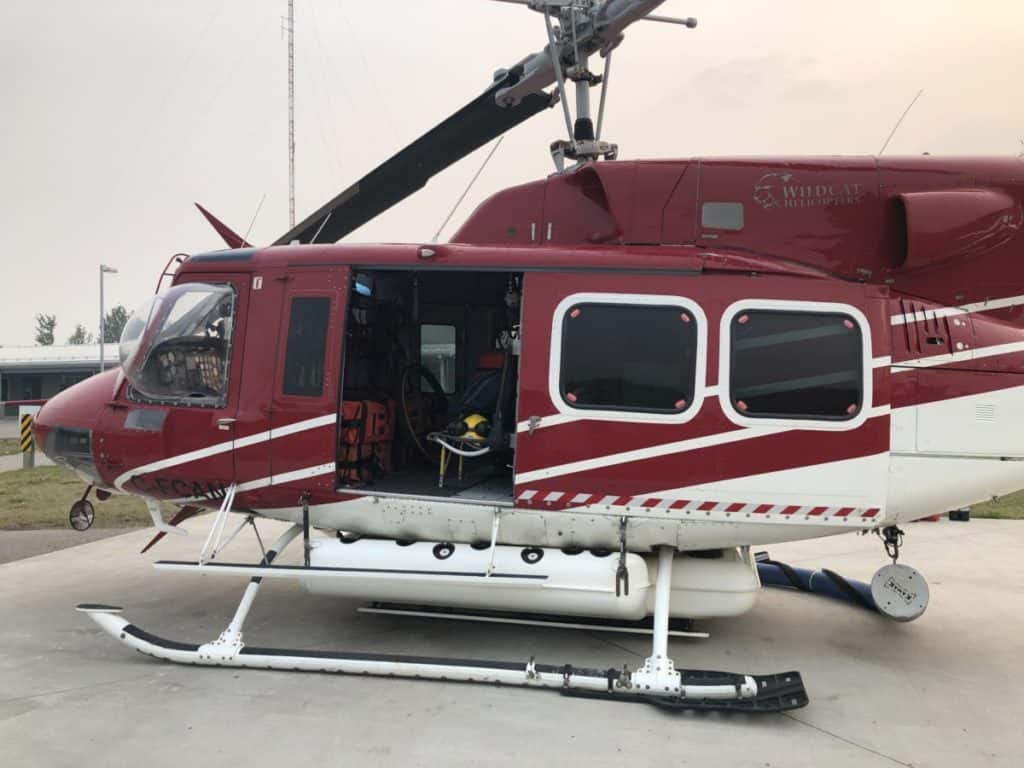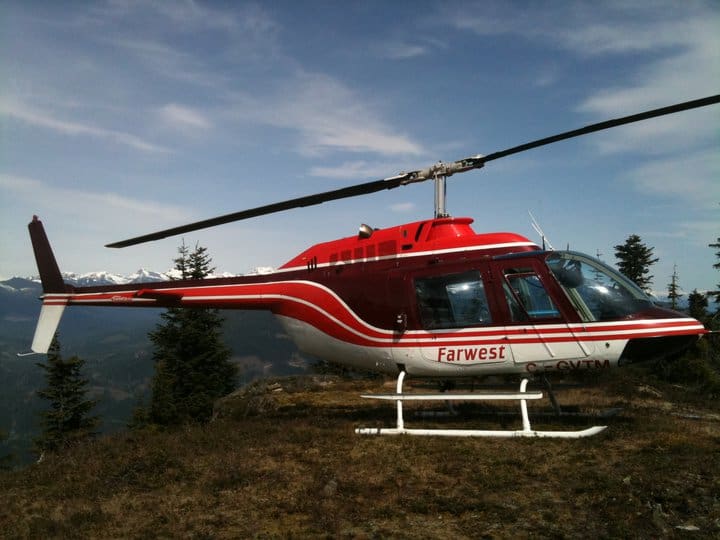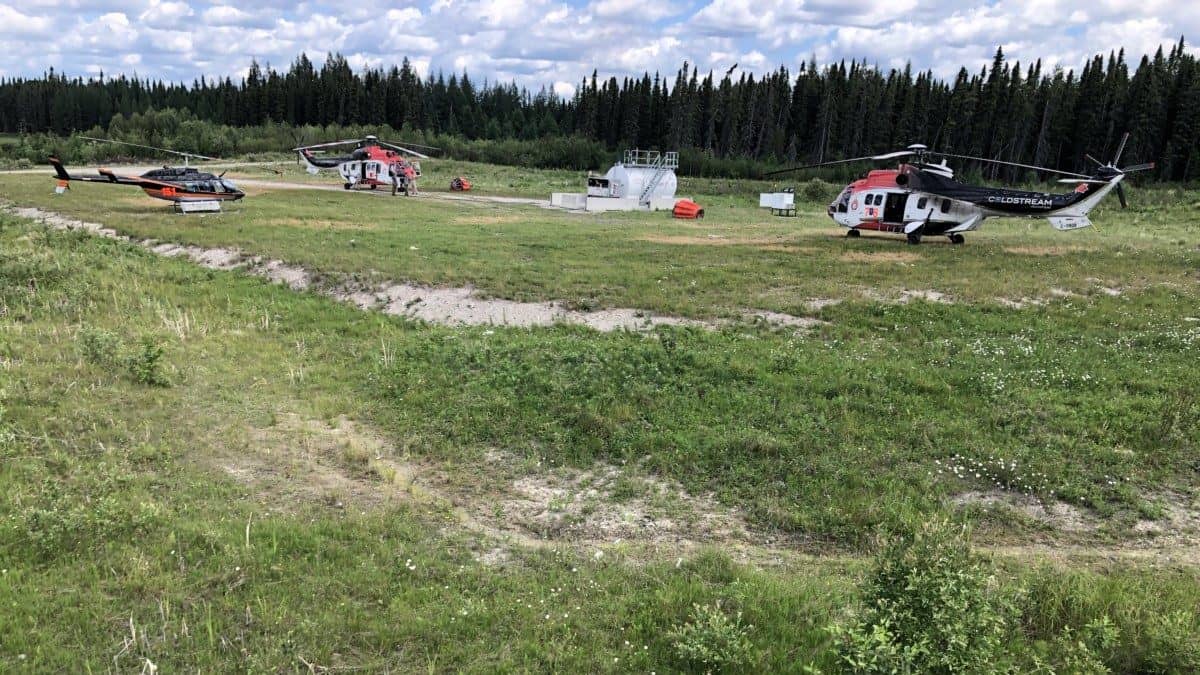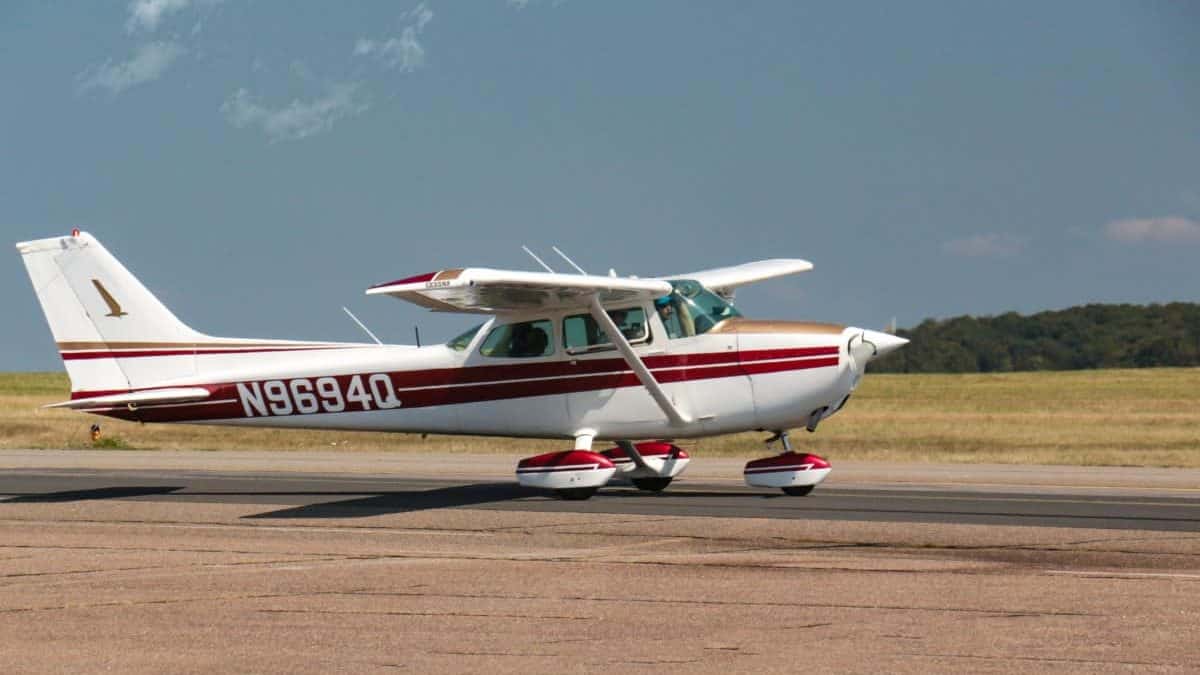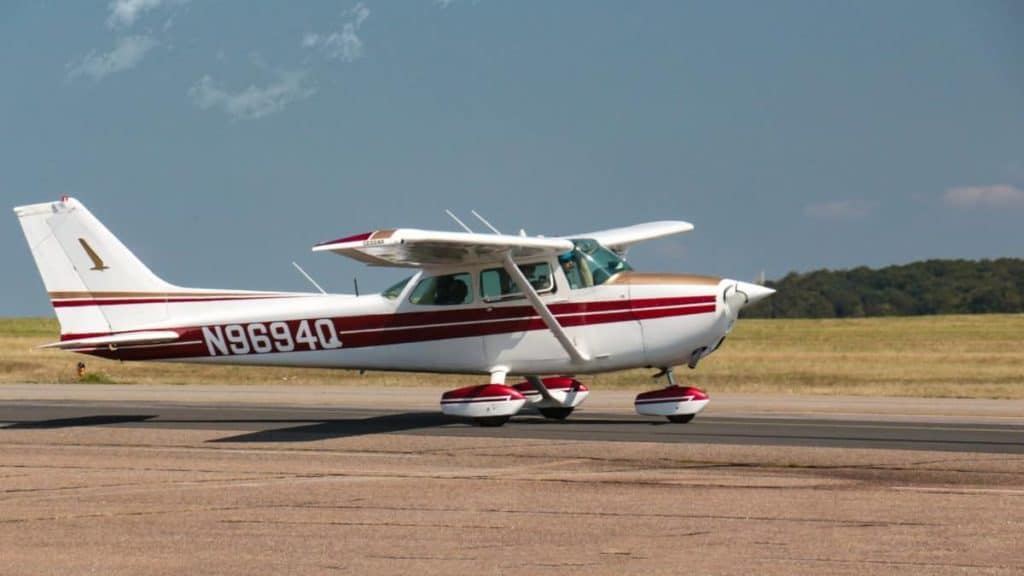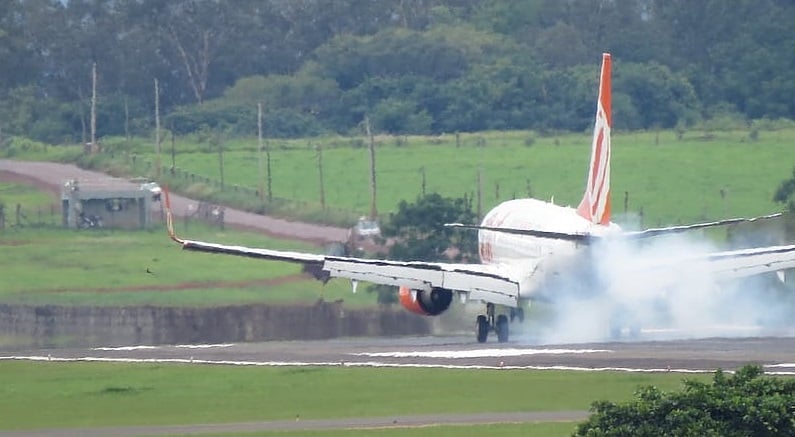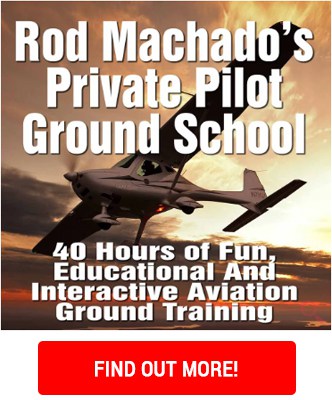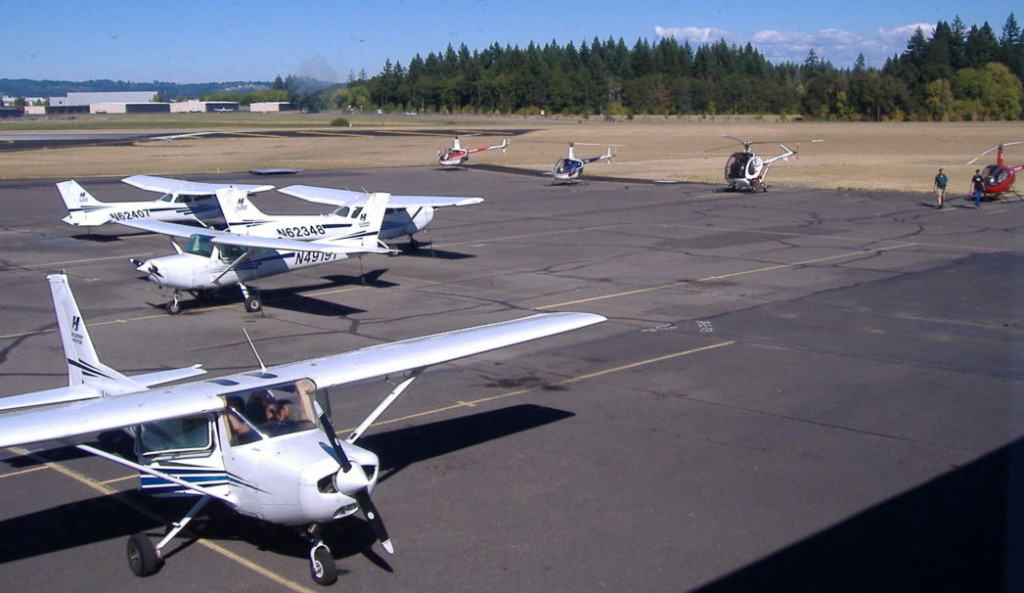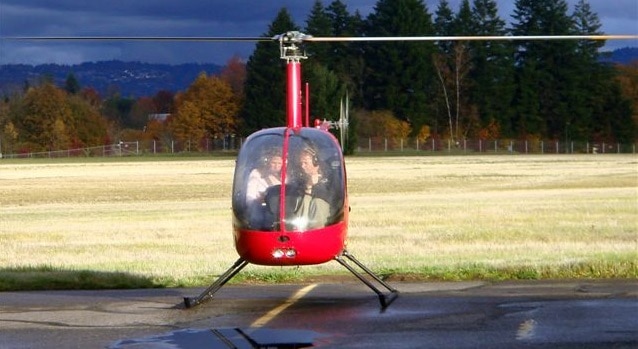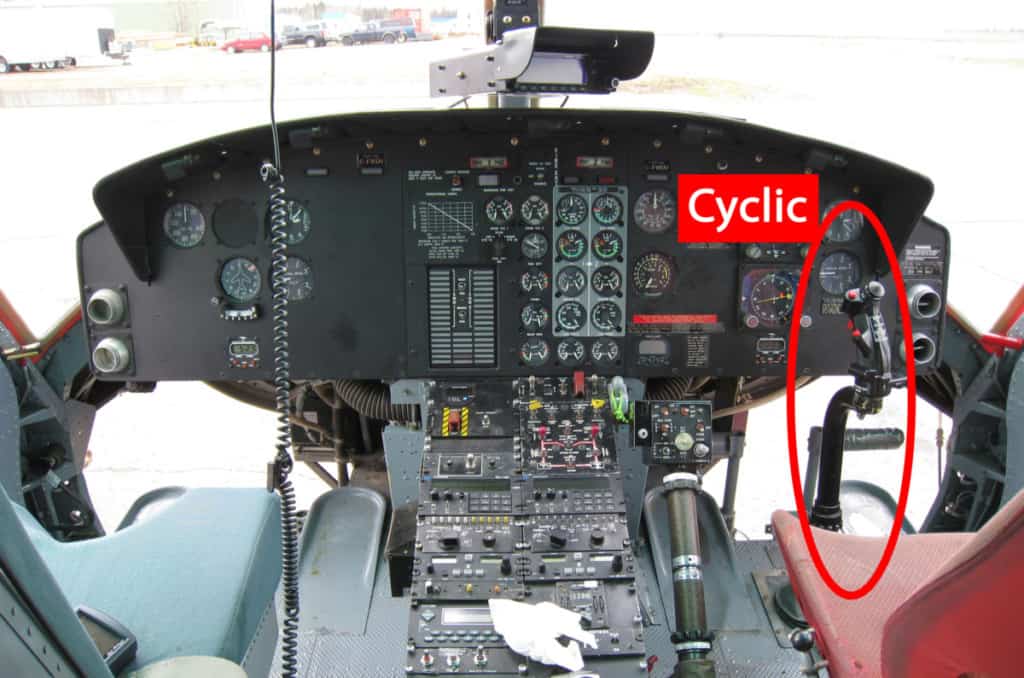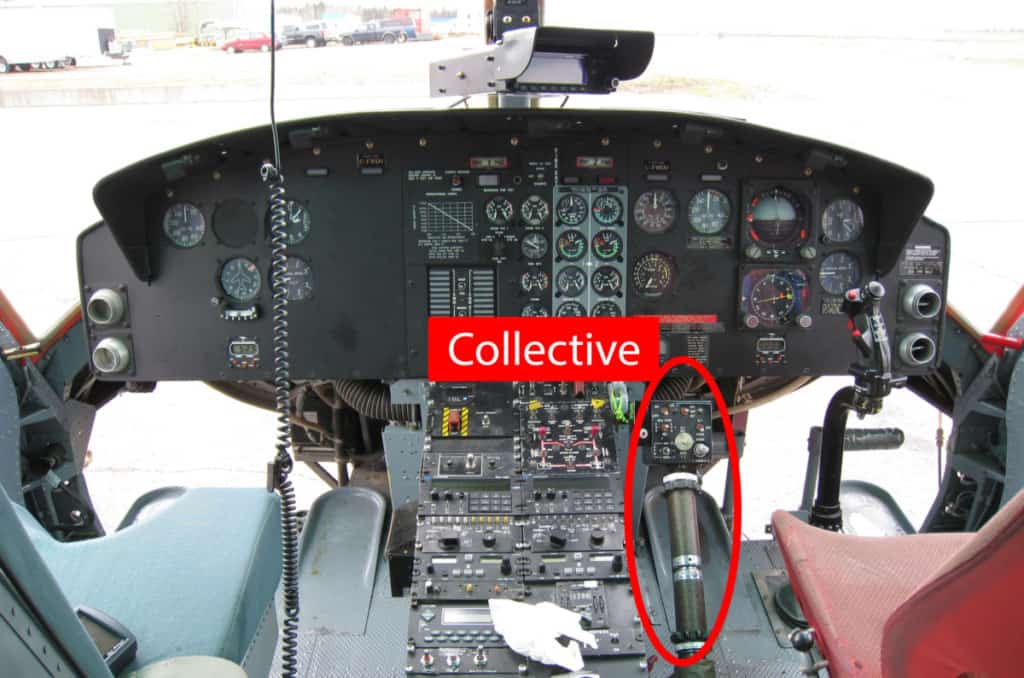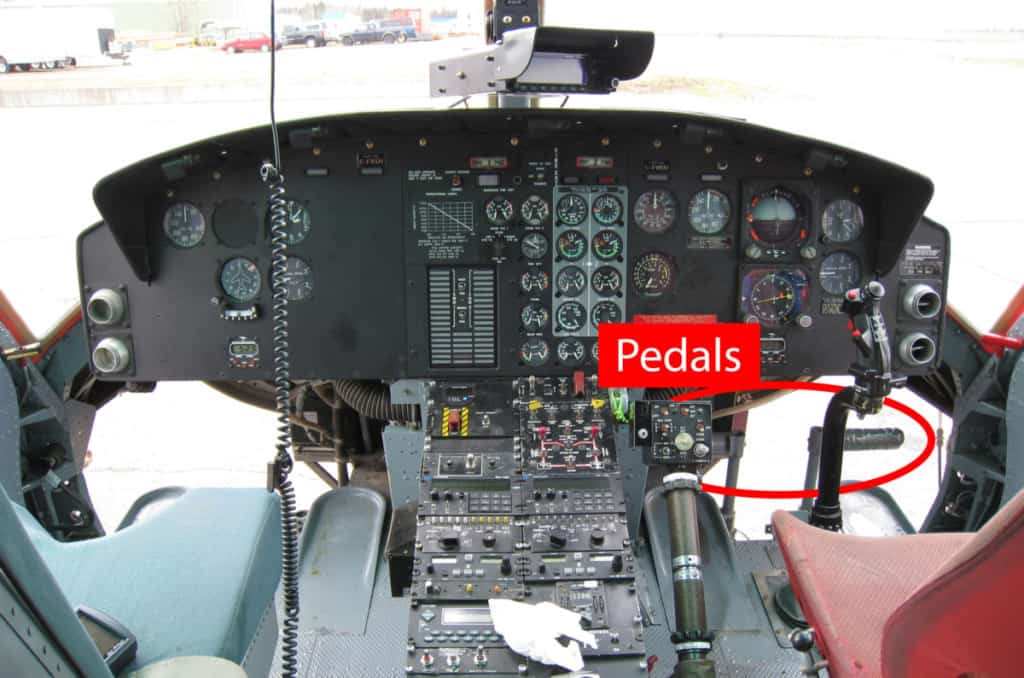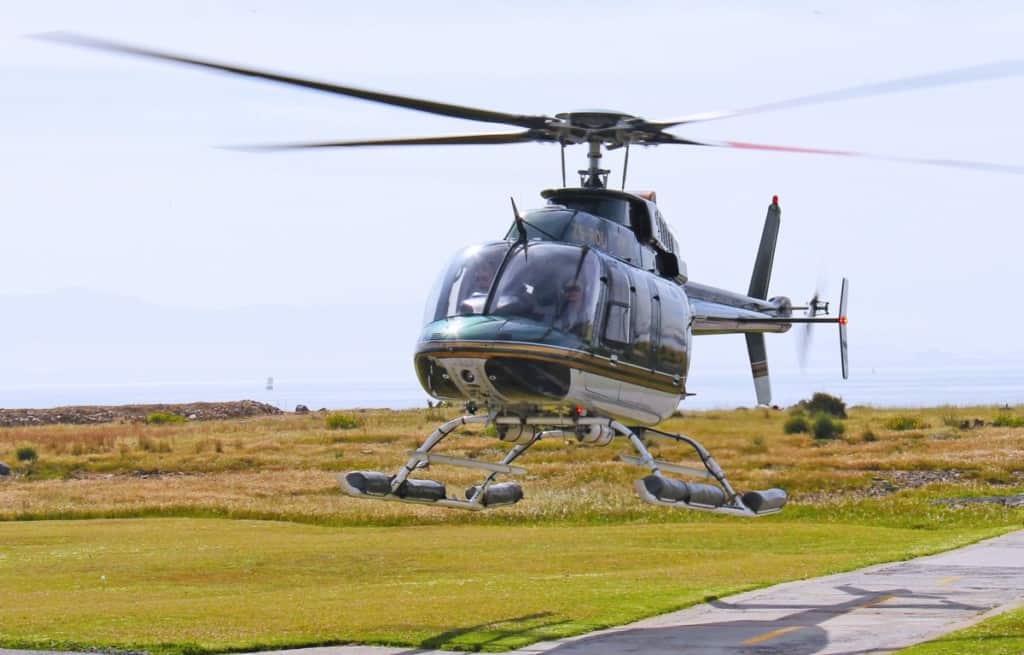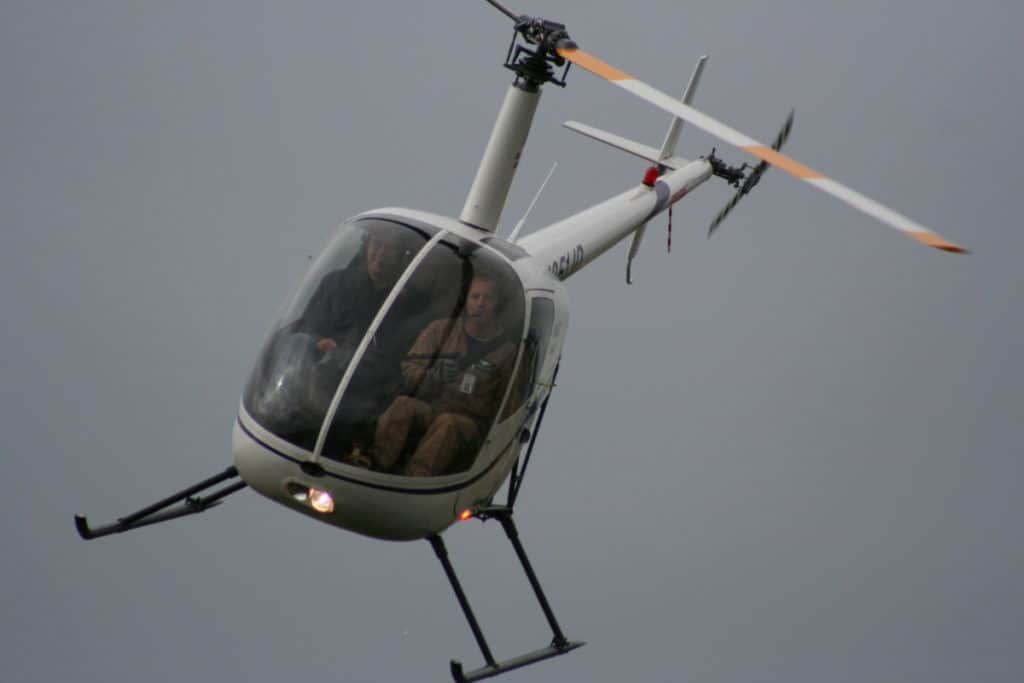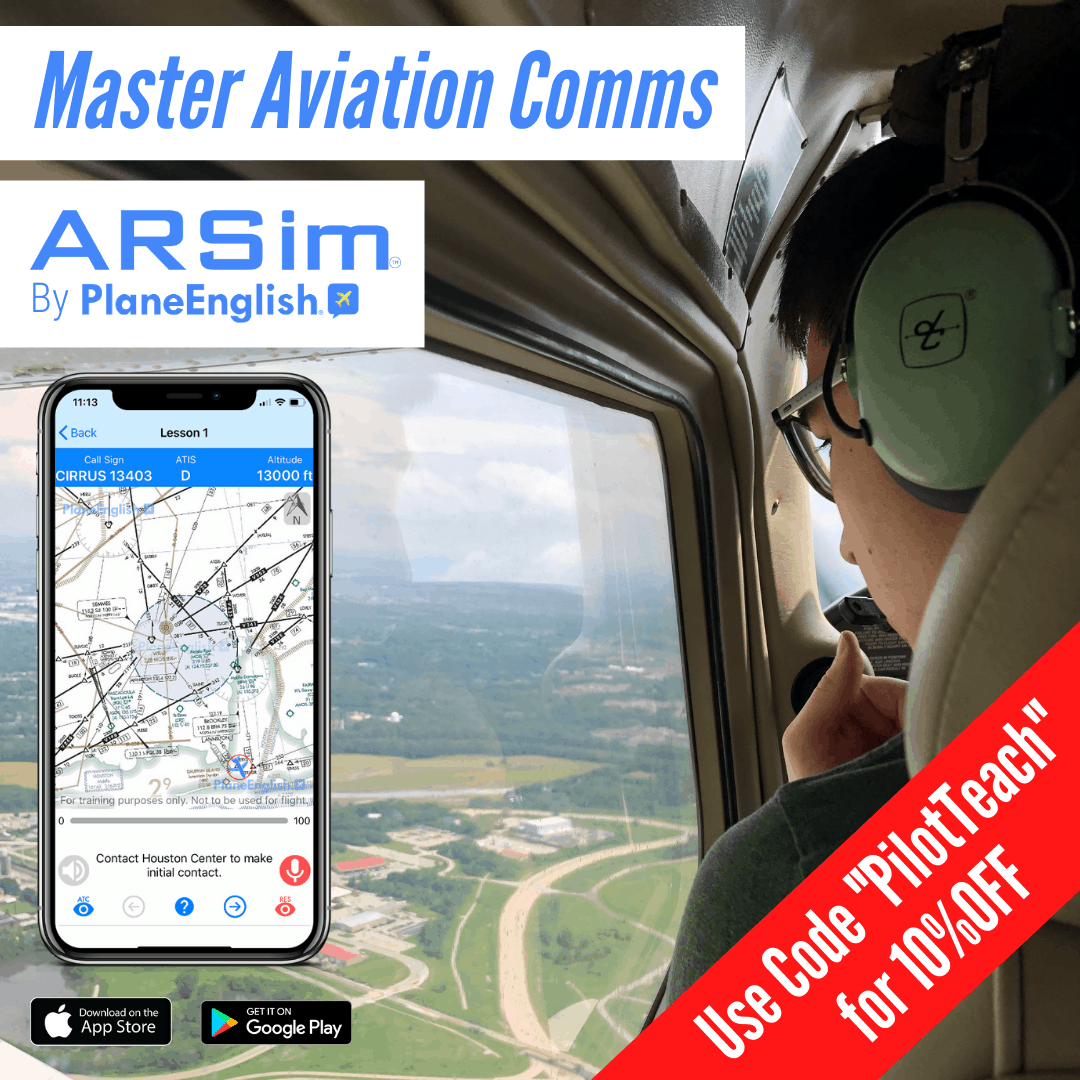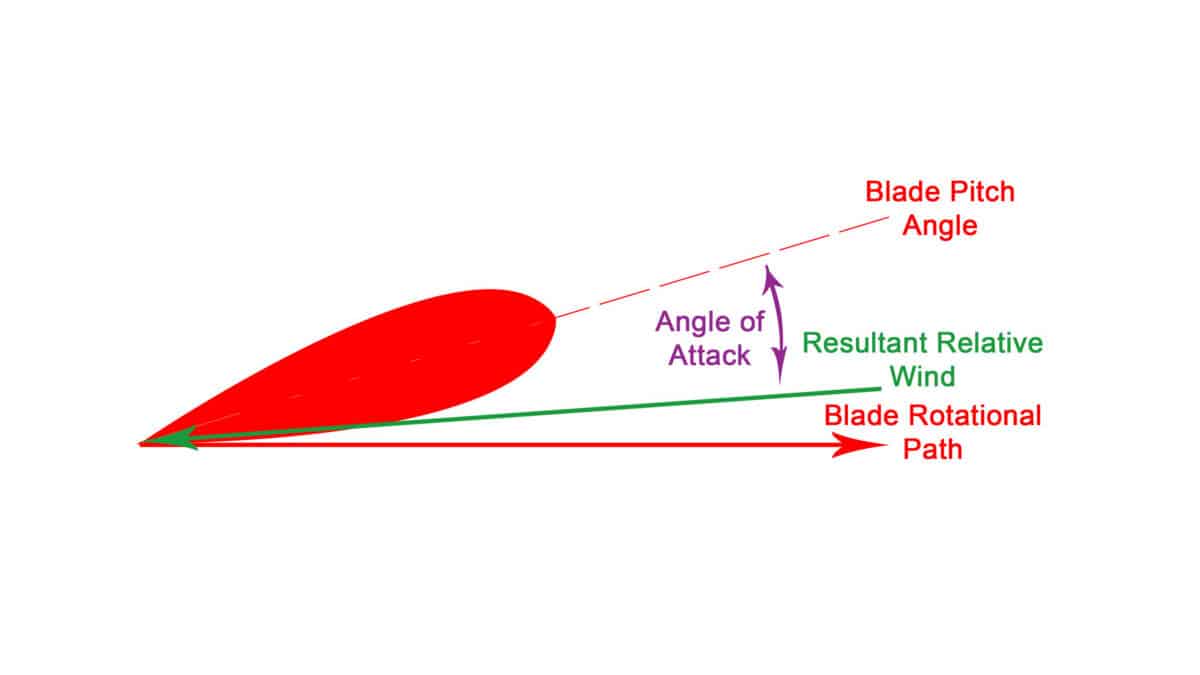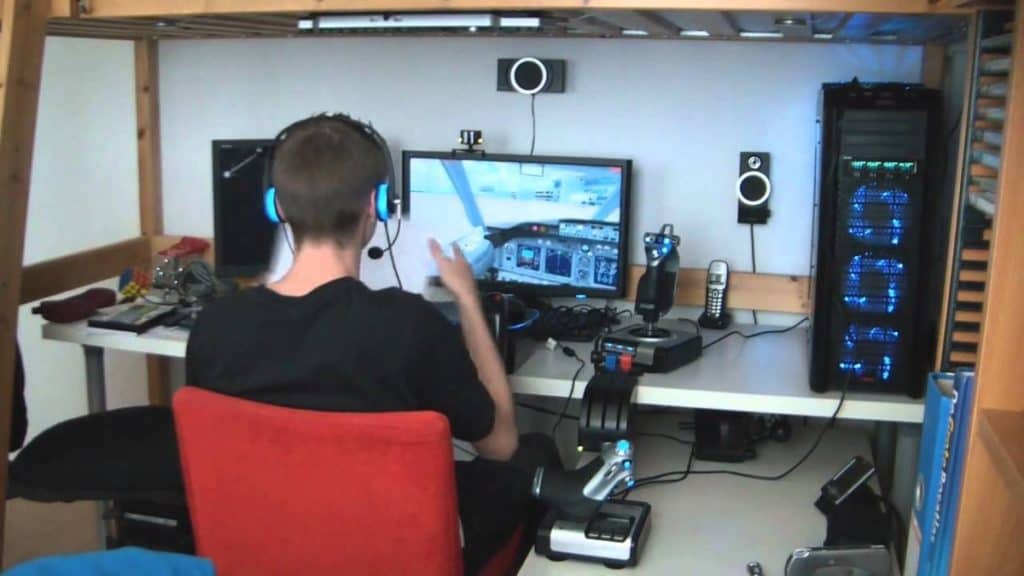Helicopters are known to be an expensive vehicle that only the rich & famous or the world’s military and government agencies can afford to buy and fly. You may be surprised to know that there are helicopters on the cheaper end of the scale that make them available to those without deep pockets.
The average used helicopter can be purchased for $1.5M but many used helicopters can be purchased from as little as $50,000. A helicopter can range from a $50,000 home-build, single-seat, kit up to a $30M ultimate luxury helicopter that even comes with a bathroom.
There is such a huge range in helicopter prices for both new and used helicopters that there is a helicopter for every budget. The bigger and newer the helicopter, the more it is going to cost.
Here is a typical pricing scale for 15 of the world’s most popular civilian helicopters:
| HELICOPTER MODEL | # of SEATS | NEW PRICE $USD | USED PRICES $USD |
|---|---|---|---|
| Composite-FX XE | 1 | $51,000 | $20,000 – $45,000 |
| Safari Helicopters Safari 400 | 2 | $152,000 | $130,000 – $155,000 |
| Robinson Helicopters Company Robinson R22 Beta II | 2 | $318,000 | $50,000 – $300,000 |
| Hélicoptères Guimbal Cabri G2 | 2 | $385,000 | $250,000 – $360,000 |
| Robinson Helicopter Company Robinson R44 Raven II | 2 Front 2 Pax | $500,000 | $180,000 – $450,000 |
| Bell Helicopter Bell 206B III | 2 Front 3 Pax | Production Ended 2010 | $280,000 – $1M |
| Airbus Helicopters H120 Colibri | 2 Front 3 Pax | Production Ended 2018 | $600,000 – $1M |
| Airbus Helicopters H125/AS350 Astar | 2 Front 4 Pax | $3M | $500,000 – $2.5M |
| Bell Helicopter B407 | 2 Front 5 Pax | $3.2M | $1.2M – $3M |
| Leonardo S.p.A AW109 | 2 Front 6 Pax | $5.5M | $500,000 – $5M |
| Airbus Helicopters EC135/H135 | 2 Front 6 Pax | $5.7M | $2M – $5M |
| Leonardo S.p.A AW169 | 2 Front 8 Pax | $8M | $6M – $8M |
| Sikorsky Aircraft S-76 | 2 Front 12 Rear | $10M | $600,000 – $8M |
| Leonardo S.p.A AW139 | 2 Front 12 Rear | $11M | $5M – $10M |
| Sikorsky Aircraft S-92 | 2 Front 19 Rear | $27M | $5M – $25M |
What Effects The Cost of Buying a Helicopter?
Helicopters are a complex machine with many precision parts. Most of these parts have a lifetime limit to them. The more life there is on each part, the more valuable it is. The cumulative cost for these parts and the availability of the helicopter type dictate the purchase cost of a used helicopter.
A cheaper helicopter may seem like a great deal, but when the component times are looked into, the buyer may soon realize that a major component like an engine or main transmission may be coming up for overhaul soon and the replacement cost of that item would soon make the ‘Deal’ not very good.
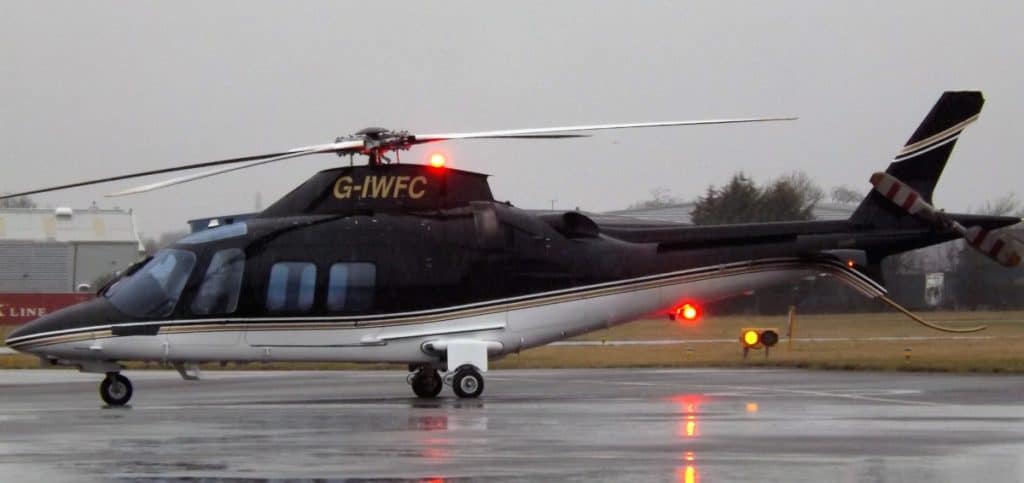
When there is an abundance of a certain helicopter in the market there is a lot of competition to pick from which drops the price because owners who want to sell need the aircraft off their hands. Bargains can be found and deals can be struck when there are lots of that model on the market. When the market is dry, then sellers can use this opportunity to create bidding wars which keeps the prices high.

Join My Newsletter & Get Great Tips, Information and Experiences To Help You Become a Superb Pilot!
When looking to buy a new helicopter the manufacturer will set the base model price and then list dozens, if not hundreds of optional extras that the purchaser can pick from to be fitted onto the machine. By doing this it allows the manufacturer to adjust each airframe to suit the many different roles that helicopter type can fulfill.
For Example:
An Airbus H125 Astar can be configured for :
- VIP & Luxury Charter
- Police & Security
- Medivac & Search and Rescue
- Utility
- Tourism
- Training
Learn More…
Try These Articles:
* Buying a Helicopter? Which is the Best?
* Helicopters: Why Are They So Expensive!?
What Is The World’s Cheapest Helicopter?
The cheapest DIY kit helicopter you can buy is the Helicycle for around $67,000. It is a single-seat, gas turbine-powered helicopter.
The cheapest factory-built helicopter is the Composite-FX XE at $51,000. This is a single-seat, carburated piston engine helicopter.
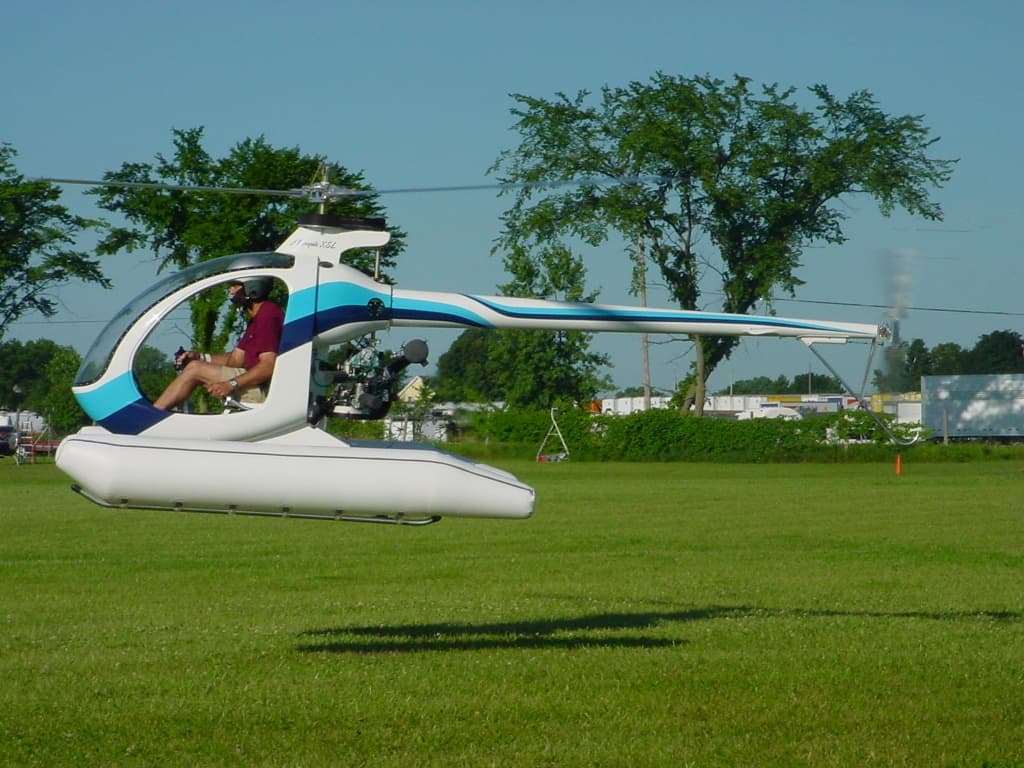
If you require more than a single seat, then the cheapest 2 seat helicopters start around $180,000 for a kit like the Safari 400 or if you wish to get a fully certified, factory-built helicopter with proven pedigree then a Robinson R22 Beta II will cost around $300,000 brand new, or you can find them from around $50,000 for a well-used machine with little time left on its components.
For a helicopter that you can take your family of four flying, then one of the world’s most popular helicopters, the Robinson R44 Raven II is a great option. You can get them brand new for $500,000 but there is always a tonne of them on the used market as people buy them and then decide it’s not for them.
Finding a good helicopter broker will allow you to get a great used R44 for practically half the cost of a new build. They are smooth, fast, affordable and have lots of great information on the running costs. For more information on the R44 check out the Robinson Helicopter Company’s website Here.
(Links to Manufacturer’s Websites)
Learn More…
Try These Articles:
* Can Anyone Build a Helicopter? Top 5 Kits
* Learning To Fly Helicopters – Is it really that hard?
What is the World’s Most Expensive Helicopter?
The world’s most expensive civilian helicopter is also the world’s largest helicopter, the Russian Helicopters Mi-26T at $30M. The most expensive military helicopter is the Sikorsky CH-53K King Stallion used by the U.S. Marine Corps at $95M each.
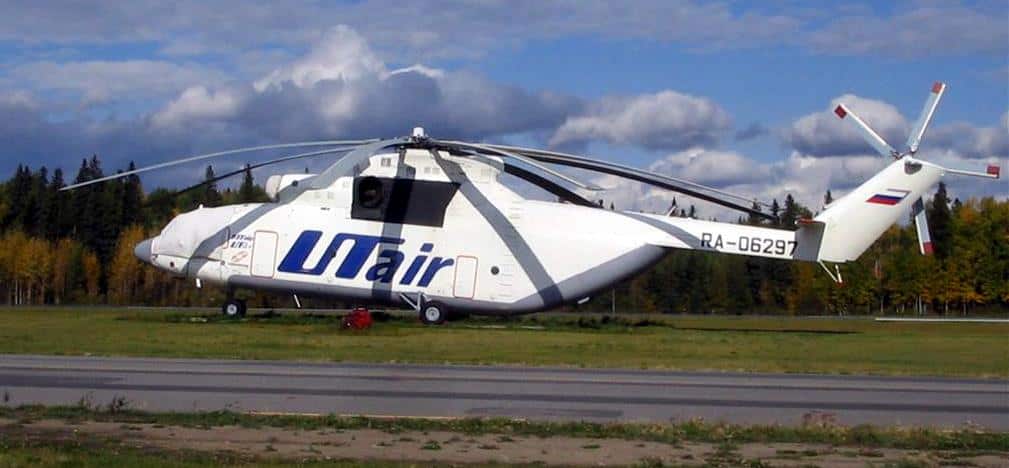
The Russian Helicopters Mi-26T is an absolute behemoth of the skies. Manly used in the commercial sector for construction and heavy-lift services this helicopter’s size matches its price tag. With a capacity to lift 20,000kg/44,000 lbs or carry 82 passengers and its 5 crew this helicopter is well worth its price tag!
The Sikorsky CH-53K King Stallion is the latest edition in the CH-53 bloodline from Sikorsky. This helicopter is also one of the biggest helicopters in the world but with updated avionics, engines, fuselage materials, and counter-measures this makes it the world’s most expensive military helicopter by a long margin.
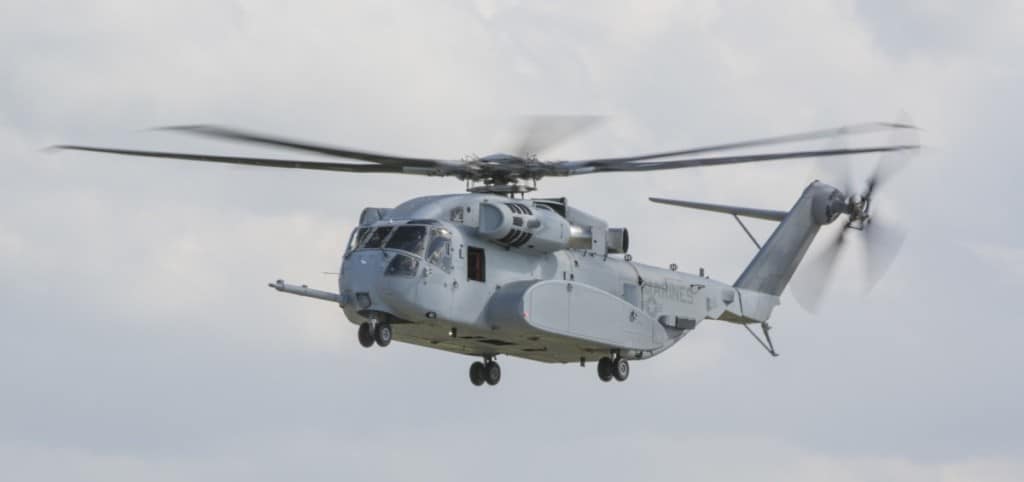
Used as a heavy-lift and troop-carrying vehicle this helicopter has been purposely tailored to the needs of the U.S. Marine Corps to provide the ultimate helicopter for the next 20 years of service
Is it Cheaper To Own an Airplane or a Helicopter?
When looking at the cost of similar-sized airplanes and helicopters an airplane will always be cheaper to buy and run. Airplanes contain fewer moving parts which reduces the initial build cost, maintenance costs, and insurance cost but need a runway on which to land & takeoff.
When budget is the main consideration for getting into the air an airplane is always cheaper. When flexibility on where to land is the main factor then a helicopter is the better option. Helicopters are always more expensive to buy, maintain and run when compared to an airplane but they serve two very different roles.
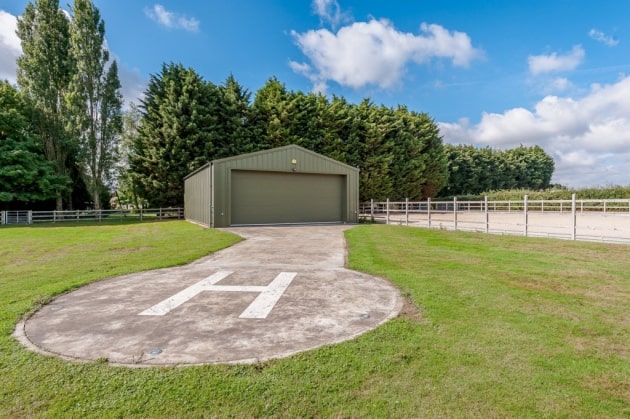
It is like trying to decide whether to buy a sports car or a motorcycle. They both get you from point A to point B but the mode of transport is totally different. Helicopters are a great vehicle if you wish to go between locations without runways and you can afford the additional cost.
If however, you wish to explore the country or commute via easily accessible airports then an airplane is a great alternative. When looking at buying an aircraft whether it be fixed wing or rotary wing, the use of a good broker can help find you a great aircraft for your budget, and sometimes that budget can be enough to allow to you choose between owning a plane or a helicopter, especially if it is used.
Learn More…
Try These Articles:
* How Much Do Aircraft Hangars Cost to Rent?
* Is it Cheaper to Own an Airplane or a Helicopter?

